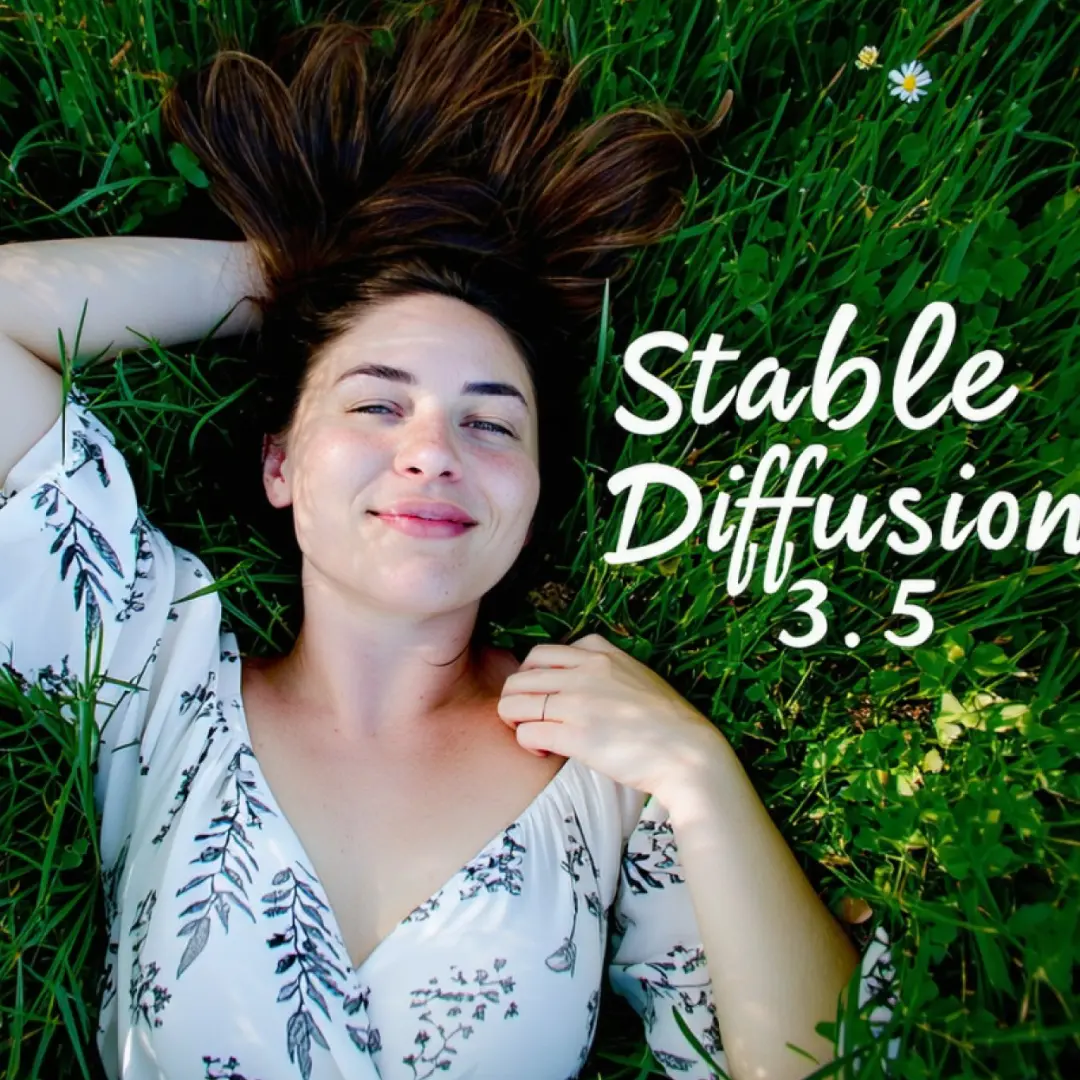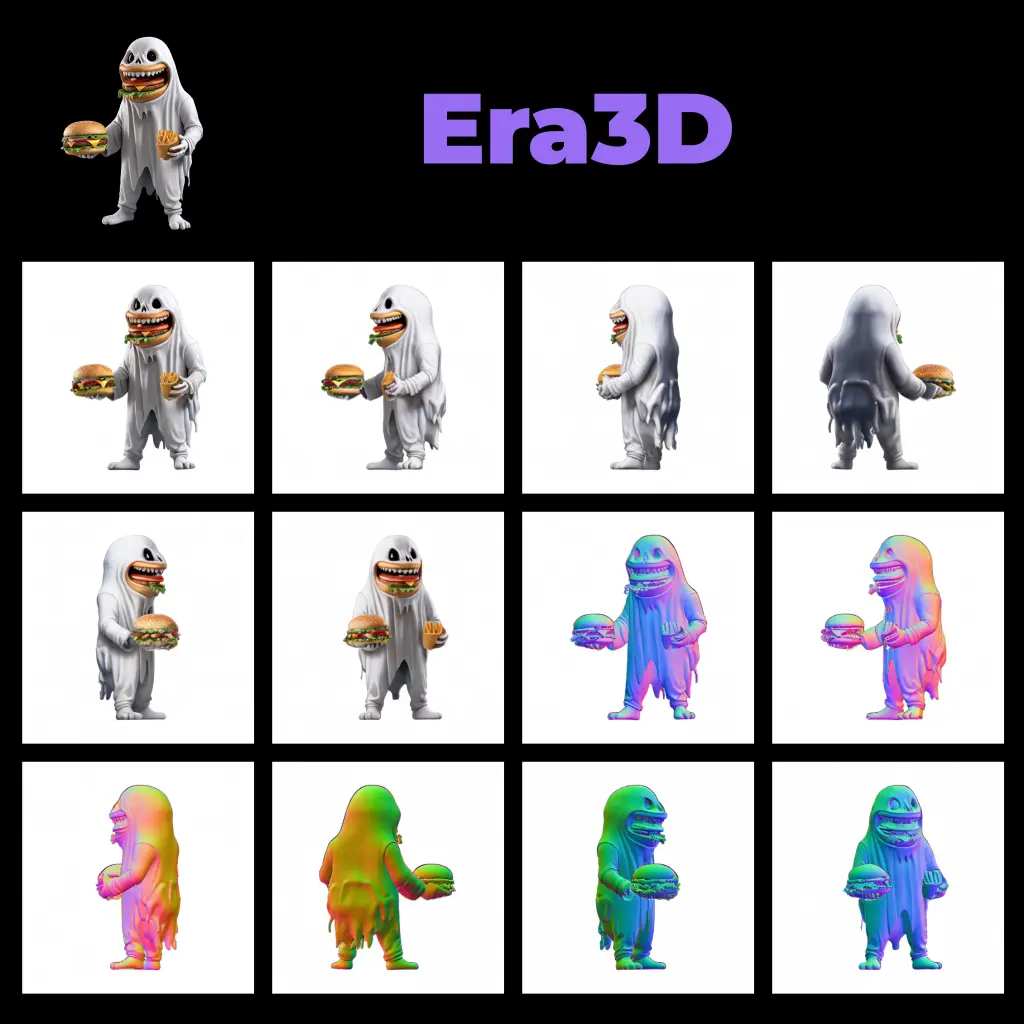ComfyUI Node: BLIP Analyze Image
BLIP Analyze Image
CategoryWAS Suite/Text/AI
WASasquatch (Account age: 4910days) Extension
WAS Node Suite Latest Updated
2025-03-27 Github Stars
1.44K
How to Install WAS Node Suite
Install this extension via the ComfyUI Manager by searching for WAS Node Suite- 1. Click the Manager button in the main menu
- 2. Select Custom Nodes Manager button
- 3. Enter WAS Node Suite in the search bar
Visit ComfyUI Online for ready-to-use ComfyUI environment
- Free trial available
- 16GB VRAM to 80GB VRAM GPU machines
- 400+ preloaded models/nodes
- Freedom to upload custom models/nodes
- 200+ ready-to-run workflows
- 100% private workspace with up to 200GB storage
- Dedicated Support
BLIP Analyze Image Description
Image analysis using BLIP model for AI-generated art with visual-textual data bridging.
BLIP Analyze Image:
The BLIP Analyze Image node is designed to provide a detailed analysis of an image using advanced visual and textual processing techniques. This node leverages the BLIP (Bootstrapping Language-Image Pre-training) model to interpret and generate descriptive captions for images, making it a powerful tool for AI artists who want to understand and describe visual content automatically. By analyzing the visual elements and generating textual descriptions, this node helps in creating more context-aware and descriptive AI-generated art. The main goal of this node is to bridge the gap between visual and textual data, enabling a more comprehensive understanding and interaction with images.
BLIP Analyze Image Input Parameters:
image
The image parameter is the primary input for the BLIP Analyze Image node. It accepts an image tensor that the node will analyze to generate descriptive captions. The quality and content of the image directly impact the accuracy and relevance of the generated descriptions. Ensure that the image is clear and contains distinguishable elements for the best results.
sample
The sample parameter is a boolean flag that determines whether to use sampling during the generation process. When set to True, the model will use sampling, which can result in more diverse and creative descriptions. When set to False, the model will generate more deterministic and consistent descriptions. The default value is False.
num_beams
The num_beams parameter specifies the number of beams for beam search during the generation process. Beam search is a technique used to improve the quality of generated descriptions by considering multiple possible sequences. A higher number of beams can lead to better descriptions but at the cost of increased computational complexity. The default value is 3, with a minimum value of 1.
max_length
The max_length parameter defines the maximum length of the generated description in terms of the number of tokens. This parameter helps control the verbosity of the output. The default value is 30 tokens, with a minimum value of 1.
min_length
The min_length parameter sets the minimum length of the generated description. This ensures that the output is sufficiently descriptive. The default value is 10 tokens, with a minimum value of 1.
top_p
The top_p parameter is used for nucleus sampling, a technique that selects the most probable tokens whose cumulative probability is above a certain threshold. This parameter helps in generating more coherent and contextually relevant descriptions. The default value is 0.9, with a range between 0 and 1.
repetition_penalty
The repetition_penalty parameter is used to penalize the model for repeating the same tokens in the generated description. This helps in producing more varied and interesting outputs. The default value is 1.0, with a minimum value of 1.0.
BLIP Analyze Image Output Parameters:
description
The description parameter is the primary output of the BLIP Analyze Image node. It provides a textual description of the input image, generated by the BLIP model. This description aims to capture the key elements and context of the image, offering a detailed and coherent narrative that can be used for various purposes, such as enhancing AI-generated art or providing metadata for image databases.
BLIP Analyze Image Usage Tips:
- Ensure that the input image is clear and contains distinguishable elements to improve the accuracy and relevance of the generated descriptions.
- Experiment with the sample parameter to see if sampling provides more creative and diverse descriptions for your specific use case.
- Adjust the num_beams parameter to balance between the quality of the descriptions and computational efficiency. Higher values can improve quality but require more processing power.
- Use the max_length and min_length parameters to control the verbosity of the descriptions, ensuring they are neither too short nor too long for your needs.
- Fine-tune the top_p parameter to achieve a good balance between coherence and diversity in the generated descriptions.
- Apply the repetition_penalty parameter to avoid repetitive and monotonous descriptions, making the output more engaging and varied.
BLIP Analyze Image Common Errors and Solutions:
"Input image tensor is not valid"
- Explanation: This error occurs when the input image tensor is not in the expected format or is corrupted.
- Solution: Ensure that the input image tensor is correctly formatted and not corrupted. Verify that the image is loaded properly before passing it to the node.
"Beam search parameter out of range"
- Explanation: This error occurs when the num_beams parameter is set to a value less than 1. - Solution: Set the num_beams parameter to a value of 1 or higher to ensure proper beam search functionality.
"Description length parameters are invalid"
- Explanation: This error occurs when the max_length or min_length parameters are set to values less than 1. - Solution: Ensure that both max_length and min_length parameters are set to values of 1 or higher to generate valid descriptions.
"Top_p parameter out of range"
- Explanation: This error occurs when the top_p parameter is set to a value outside the range of 0 to 1. - Solution: Adjust the top_p parameter to a value between 0 and 1 to enable proper nucleus sampling.
"Repetition penalty parameter is invalid"
- Explanation: This error occurs when the repetition_penalty parameter is set to a value less than 1.0.
- Solution: Set the repetition_penalty parameter to a value of 1.0 or higher to avoid invalid repetition penalties.
BLIP Analyze Image Related Nodes
RunComfy is the premier ComfyUI platform, offering ComfyUI online environment and services, along with ComfyUI workflows featuring stunning visuals. RunComfy also provides AI Playground, enabling artists to harness the latest AI tools to create incredible art.




